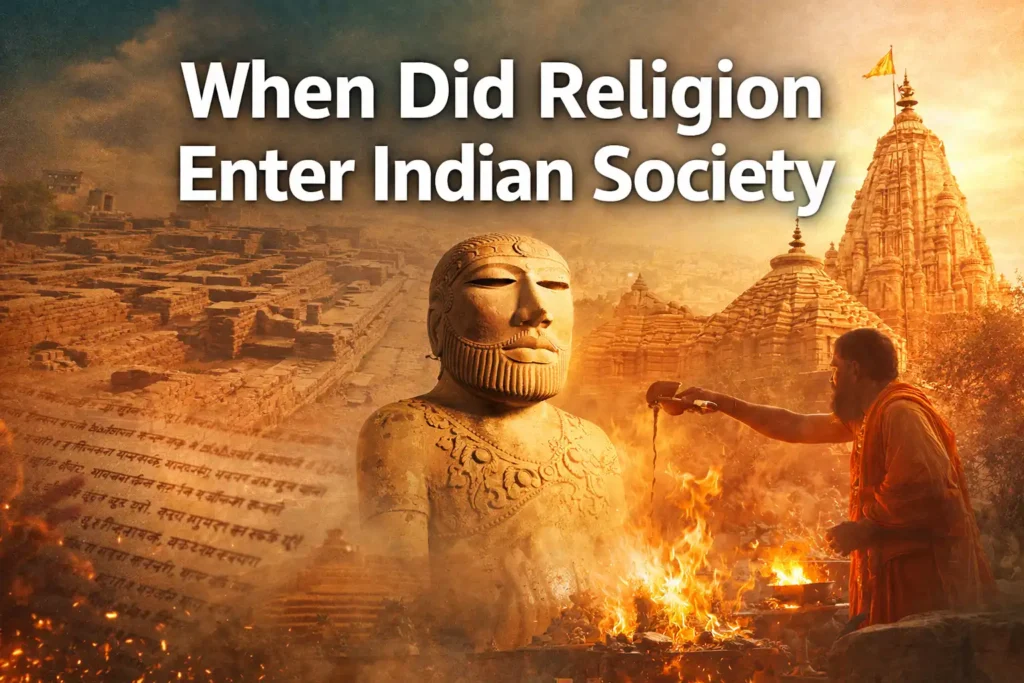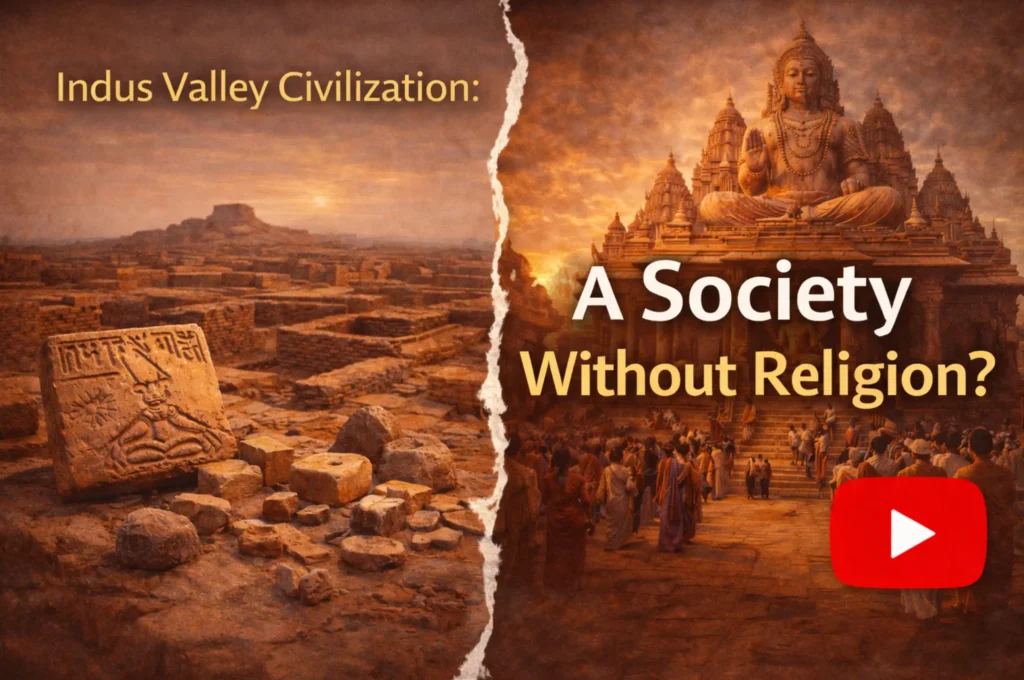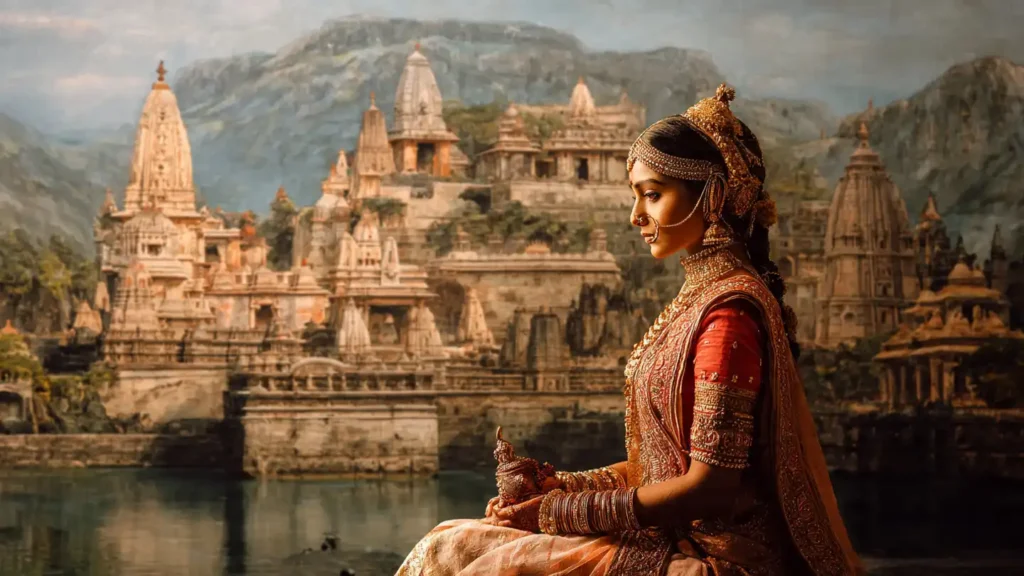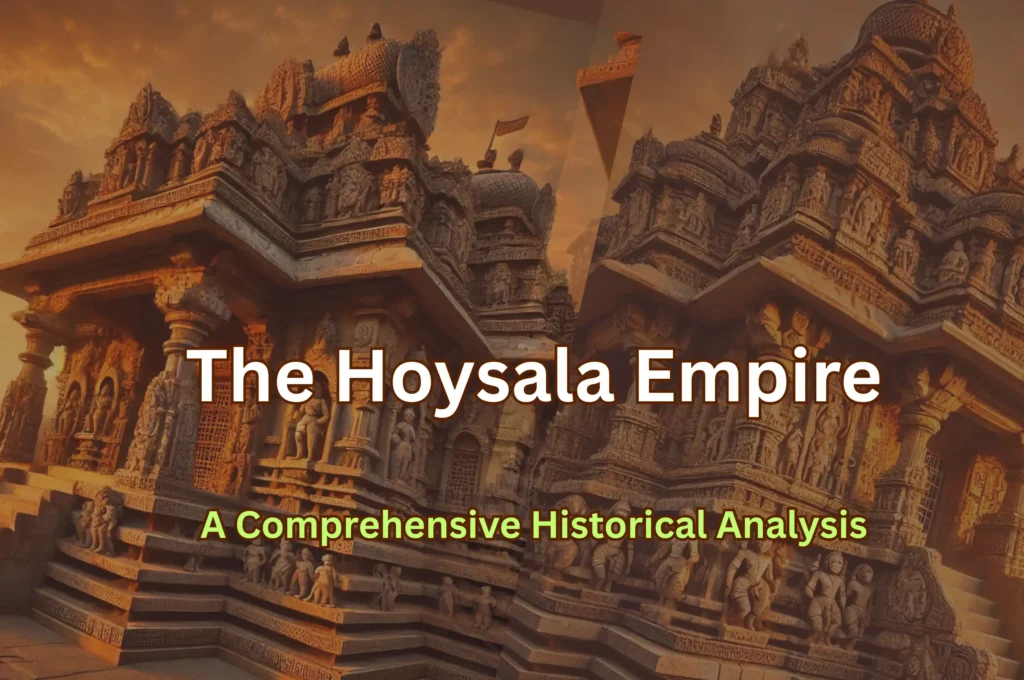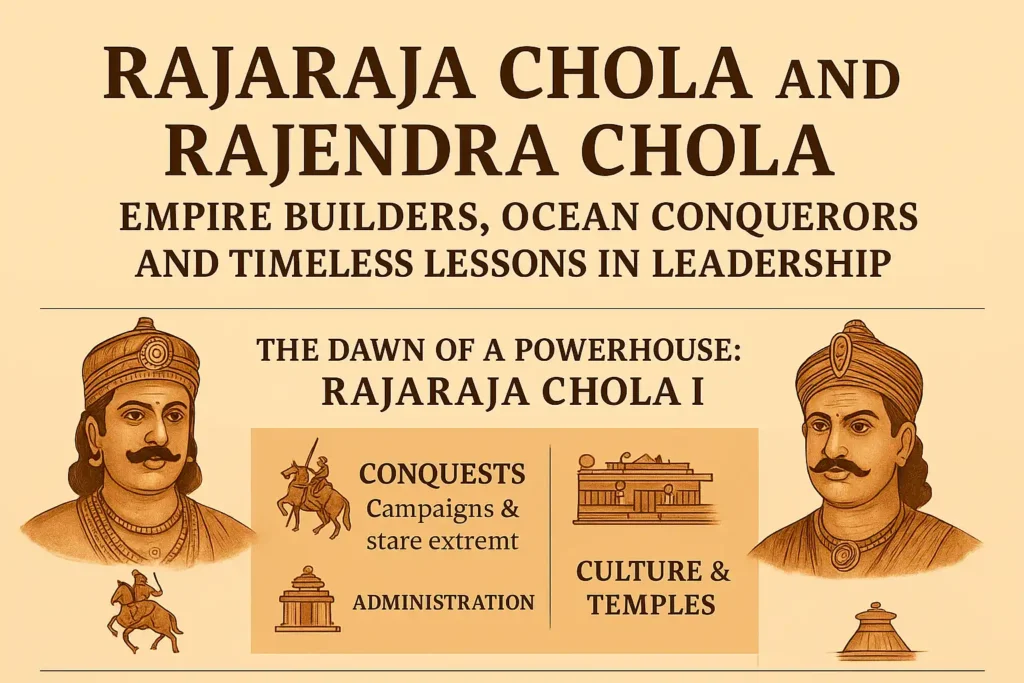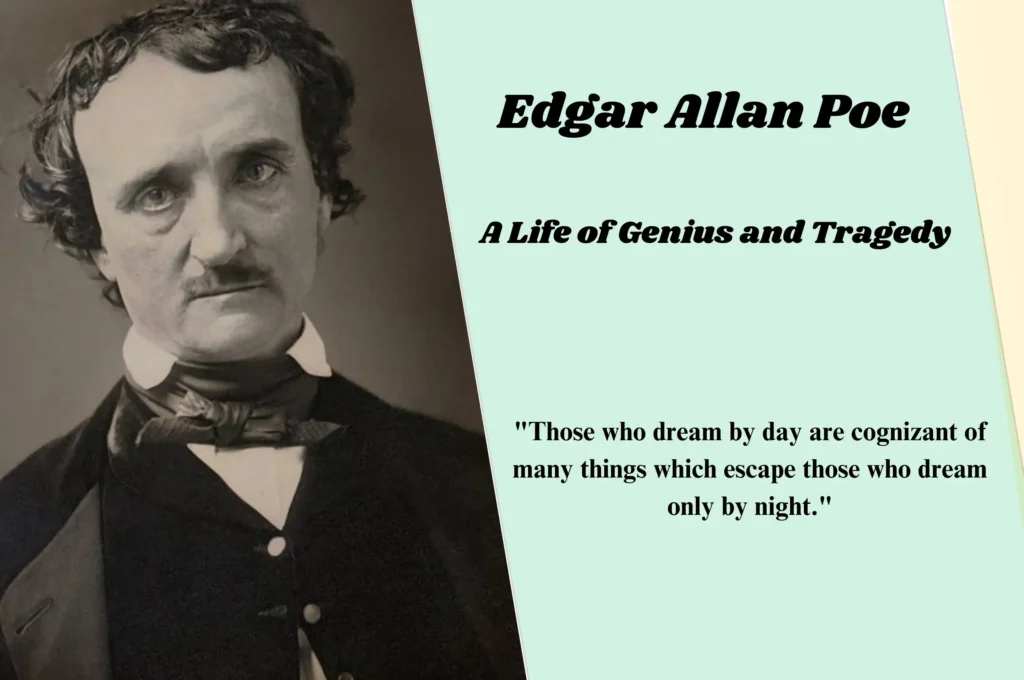Let us read Why India is called India and look into A Historical and Linguistic Journey. Discover the fascinating history behind India’s name, tracing its roots from the Sanskrit word Sindhu to Hindu, Indus, and finally India. Explore how different civilizations shaped its identity over time.
Read More in our Blogs
Why India is called India
Introduction
India is one of the most historically significant places in human civilization. For millennia, it has been a cradle of culture, philosophy, and progress. Today, the Indian subcontinent is home to over 1.7 billion people, a population surpassing that of Europe, North America, and South America combined. This vast population is distributed across five countries: India, Pakistan, Bangladesh, Nepal, and Bhutan.
Among these, India is the largest, with a population of over 1.3 billion. Pakistan follows with over 210 million people, and Bangladesh, with more than 160 million, is not far behind. The region’s rich and extensive history has led to the land being known by various names throughout time. However, when we examine the names used by outsiders, an interesting pattern emerges.
The Linguistic Roots of India’s Name
Many of the historical names for India share common linguistic elements. Almost all of them begin with a ‘hin’ or ‘n’ sound and either end with or prominently feature a ‘do’ or ‘j’ sound. When we combine these elements, we get ‘India’—the name recognized by the English-speaking world. Similarly, rearranging these components results in ‘Hindu,’ another term historically used to describe the land and its people.
One notable example is Hindustan, a name given to India by the Mughal conquerors in the 11th century. Breaking this name down, we find ‘Hindu’ and ‘Stan.’ In this context, ‘Stan’ translates to ‘land of’—a common suffix in many regions influenced by Persian and Muslim cultures (e.g., Pakistan, Afghanistan, Kazakhstan). Thus, Hindustan simply means ‘Land of the Hindus.’
Similarly, ‘India’ follows the same linguistic structure. It can be broken down into ‘Ind’ and ‘Iya,’ where ‘Iya’ is a common Latin suffix meaning ‘land of.’ This pattern is evident in names like Russia (land of the Rus) and Australia (land of the south). Thus, ‘India’ essentially translates to ‘Land of the Ind,’ which, as we shall see, is directly related to the word ‘Hindu.’
From Sindhu to Indus: The Evolution of India’s Name

The term ‘Hindu’ did not originally refer to a unified people or empire. Instead, it was a designation based on geography. The original name ‘Hindu’ was used to describe those living along the banks of the Sindhu River, a region mostly in modern-day Pakistan. This river was both the foundation of Indian civilization and a major geographical marker for those approaching the subcontinent from the west.
When the Persian Achaemenid Empire extended its control over these lands, they adapted the local name ‘Sindhu’ to ‘Hindu,’ as Persian pronunciation shifts ‘S’ sounds to ‘H.’ The Greeks, who interacted with the Persians, further altered the name to ‘Indos.’ The Romans later modified this to ‘Indus,’ the name by which the river is known today in English. From here, the land surrounding the river naturally came to be called India.
Thus, we see a linguistic lineage that traces the name ‘India’ back to its Sanskrit origins:
- Sindhu (Sanskrit) → Hindu (Persian) → Indos (Greek) → Indus (Latin) → India (English)
Ironically, in Sanskrit, ‘Sindhu’ originally referred to any large body of water. Technically, this means ‘India’ could be interpreted as ‘Land of Water’—which doesn’t make much sense in a geographical context, but it highlights the way names evolve over time.
The Birth of Hinduism
The term Hinduism did not emerge until much later. Historical records suggest that its first known use was in 14th-century Persian texts. The root word ‘Hindu’ was already established, but ‘-ism’ was added to represent a set of beliefs and philosophies, following a pattern seen in English (e.g., Buddhism, Communism, Capitalism).
The suffix ‘-ism’ comes from the Greek ‘ismos,’ which was adopted into Latin as ‘ismus’ and later into French as ‘isme’ before reaching English. When scholars and writers needed a term to describe the diverse philosophical and religious traditions of the Hindu people, Hinduism became the accepted name.
Conclusion – Why India is called India
India’s name has a fascinating and layered history, shaped by centuries of linguistic and cultural interactions. From its Sanskrit origins as ‘Sindhu’ to its Persian, Greek, and Latin adaptations, the evolution of ‘India’ reflects the deep historical connections between civilizations.
Names are more than mere labels—they carry with them the echoes of history, migration, and cultural exchange. India, a land with a profound and intricate past, continues to thrive under a name that has traveled through time, languages, and empires.
Explore our Literature YouTube Channels:
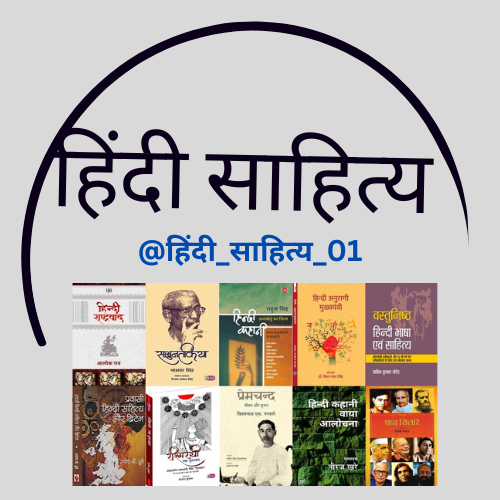
YouTube Channel Link:

YouTube Channel Link:

YouTube Channel Link:
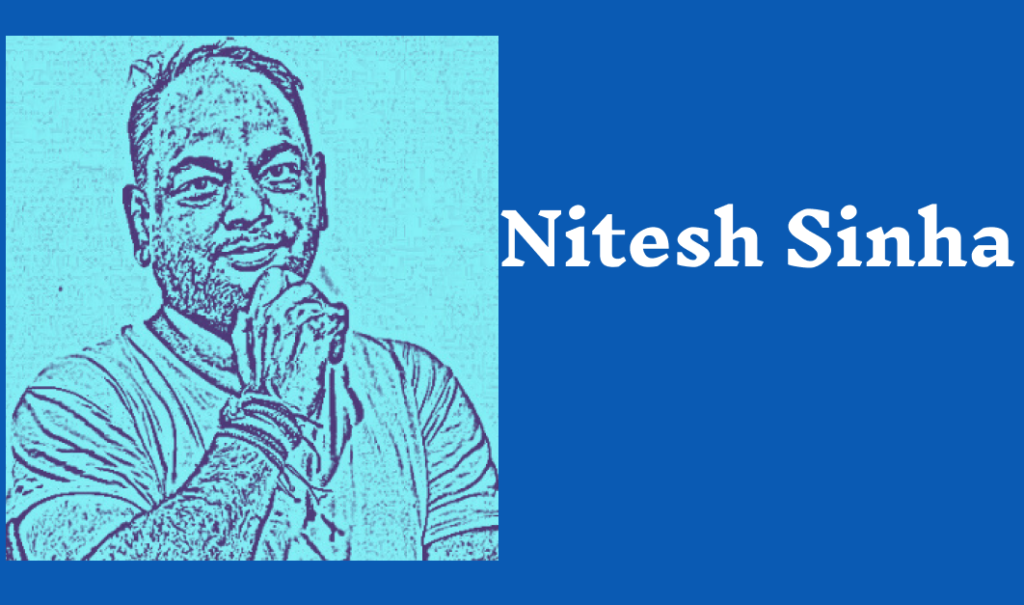
YouTube Channel Link
